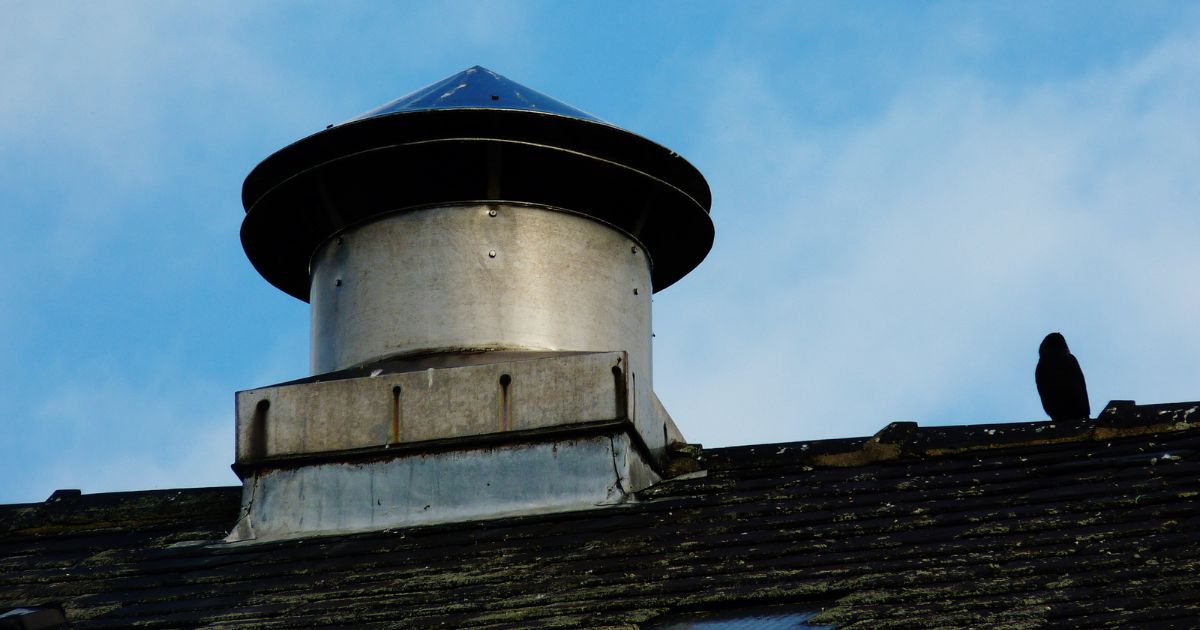Understanding how roof vents work can help ensure that the installation meets your needs and the demands of your local weather conditions. Here are five questions to ask before your roof vent installation project begins.
1. What Type of Vents Are Recommended for My Home and Climate?
Roof vents maximize the efficiency of your home’s heating and cooling system. When installing a roof vent, consult a professional who can recommend an appropriate vent based on the climate you live in and your home’s size. Installing the proper roof vent can enhance your home’s energy efficiency while creating a healthier living environment by reducing moisture buildup due to ventilation issues.
2. What Size of Vent Best Suits My Roof’s Size and Slope?
The size of the roof vent will vary based on your roof’s overall size and slope. If you have an especially large or steeply-sloped roof, installing a larger-sized vent would be your best bet to ensure proper airflow and ventilation.
On the other hand, installing a smaller-sized vent may be enough for smaller roofs with shallow slopes. When installing a vent on curved or shingled roofs, select one that provides adequate clearance from the surface.
3. How Many Vents Should I Install, and Where Should They Be Located?
Most experts recommend installing one square foot of free vent area for every 300-400 square feet of attic floor space. When installing a roof vent, it’s important to consider where you place them as well. Installing them along gable ends or near the peak of your roof are ideal locations, as they’ll allow for maximum airflow.
4. How Will This Impact My Roof’s Insulation?
During a new roof installation, your roof vents must be properly sealed so that air and moisture don’t make their way through crevices and cracks in the material, causing condensation and damage to the wood framing. With proper insulation, this new installation will keep you comfortable and save money on utilities down the road.
5. How Much Will This Cost To Install and Maintain?
Installing a new roof can be a major investment for your home, but it will cost significantly less in the long run when it comes to maintenance costs. A new roof installation can range anywhere from several thousand to tens of thousands of dollars, depending on the materials and size of the project. For the most reliable estimate, seek a licensed contractor who can provide you with a thorough inspection and fair quote.
Your roof vents need to be carefully sized and properly installed as part of your overall roofing system. If your roof vents are not appropriate for your home and climate, you risk problems with moisture and structural damage. If you have any questions about how to go about installing roof vents on your property, contact Tiger Team Roofing today for more detailed information and advice.

